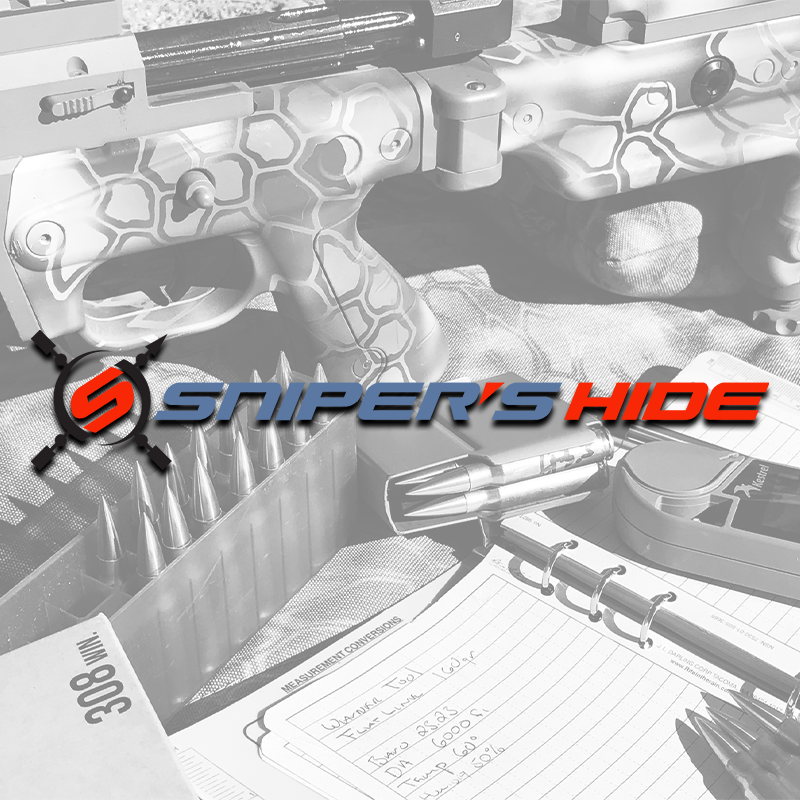Maybe I'm totally OCD, but it seems like I screw the pooch all the time on reloading. Can't quite get my shoulder bump right. Load too long, get pressure signs, just generally always fucking up (stoopid locking rings from the other night).
I'll watch videos and people get their .002 bump and I've never gotten that, and I can't even keep it consistent for some reason. I set it and then some are okay, some are not.
My 6GT is so damn short that even at 2.500 is was jammed into the lands and causing pressure spikes with 33.5 Grains of varget.
Maybe I'm just bitching out loud after a hard week in the reloading room, but it seems like I'm the only one who ever screws up. Example: ruined a perfectly good piece of brass by accidently smacking it off center into a mandrel.
Anyone else feel that or is everyone a smooth reloader and I should take up knitting?
I'll watch videos and people get their .002 bump and I've never gotten that, and I can't even keep it consistent for some reason. I set it and then some are okay, some are not.
My 6GT is so damn short that even at 2.500 is was jammed into the lands and causing pressure spikes with 33.5 Grains of varget.
Maybe I'm just bitching out loud after a hard week in the reloading room, but it seems like I'm the only one who ever screws up. Example: ruined a perfectly good piece of brass by accidently smacking it off center into a mandrel.
Anyone else feel that or is everyone a smooth reloader and I should take up knitting?



